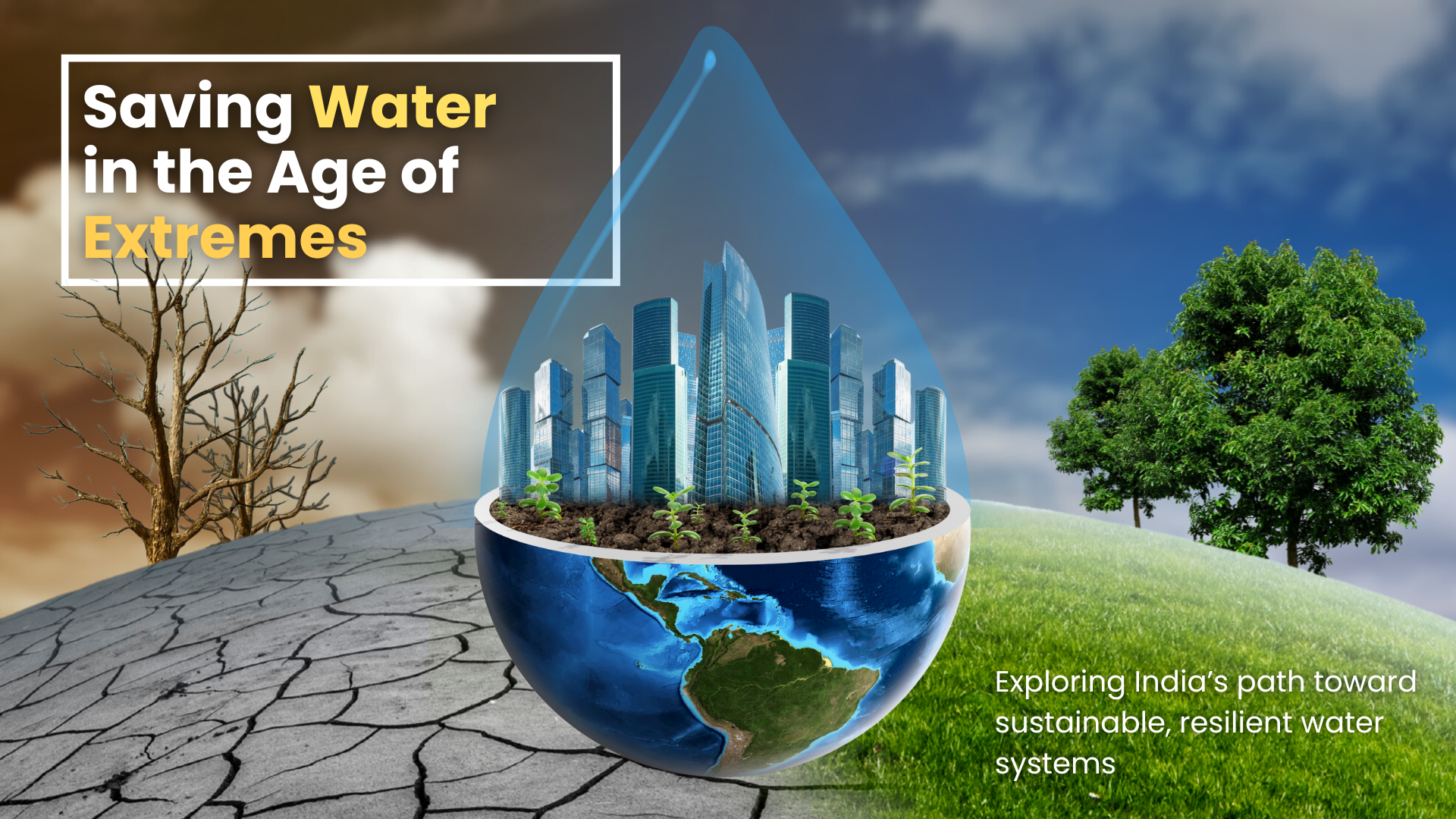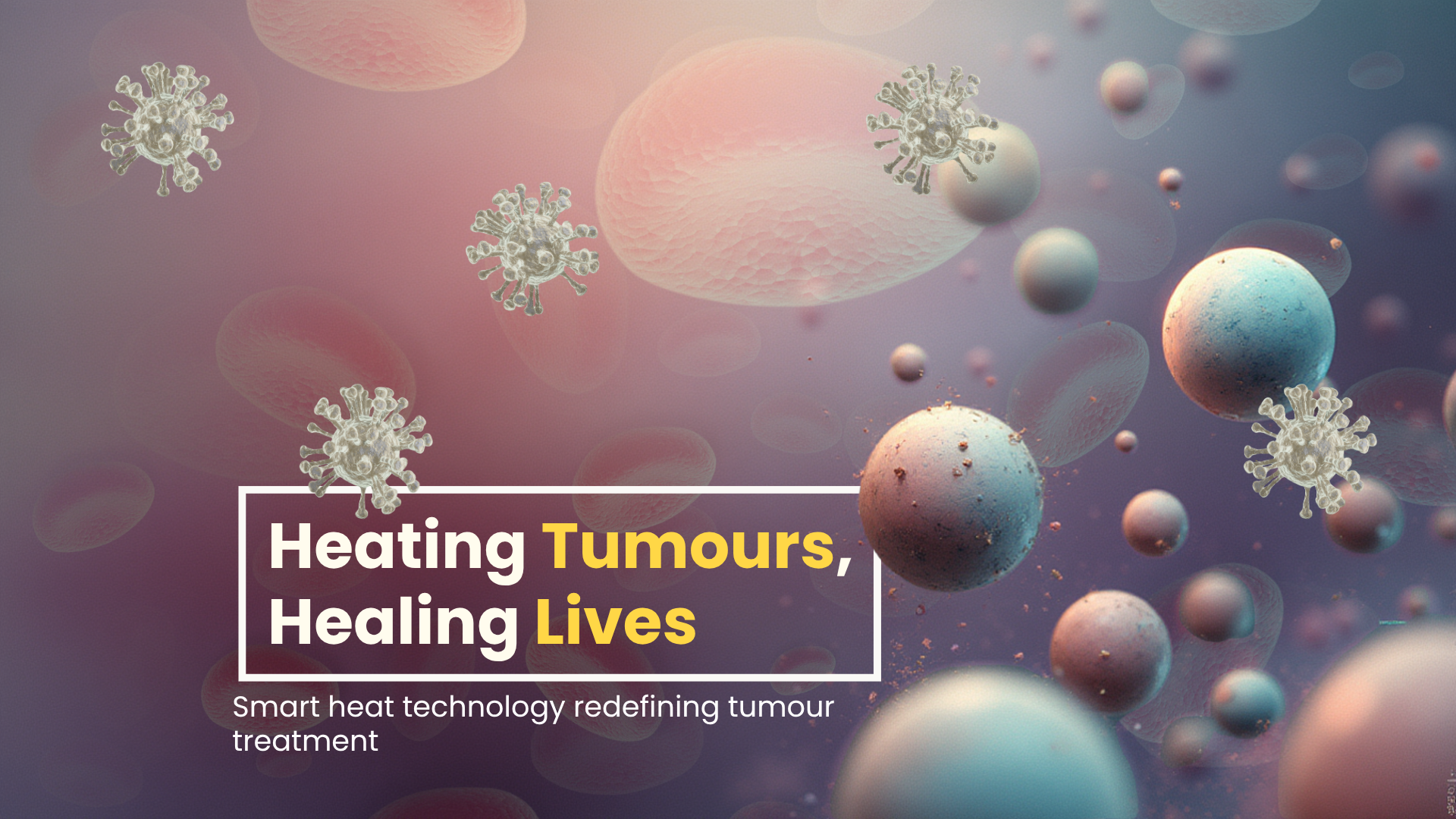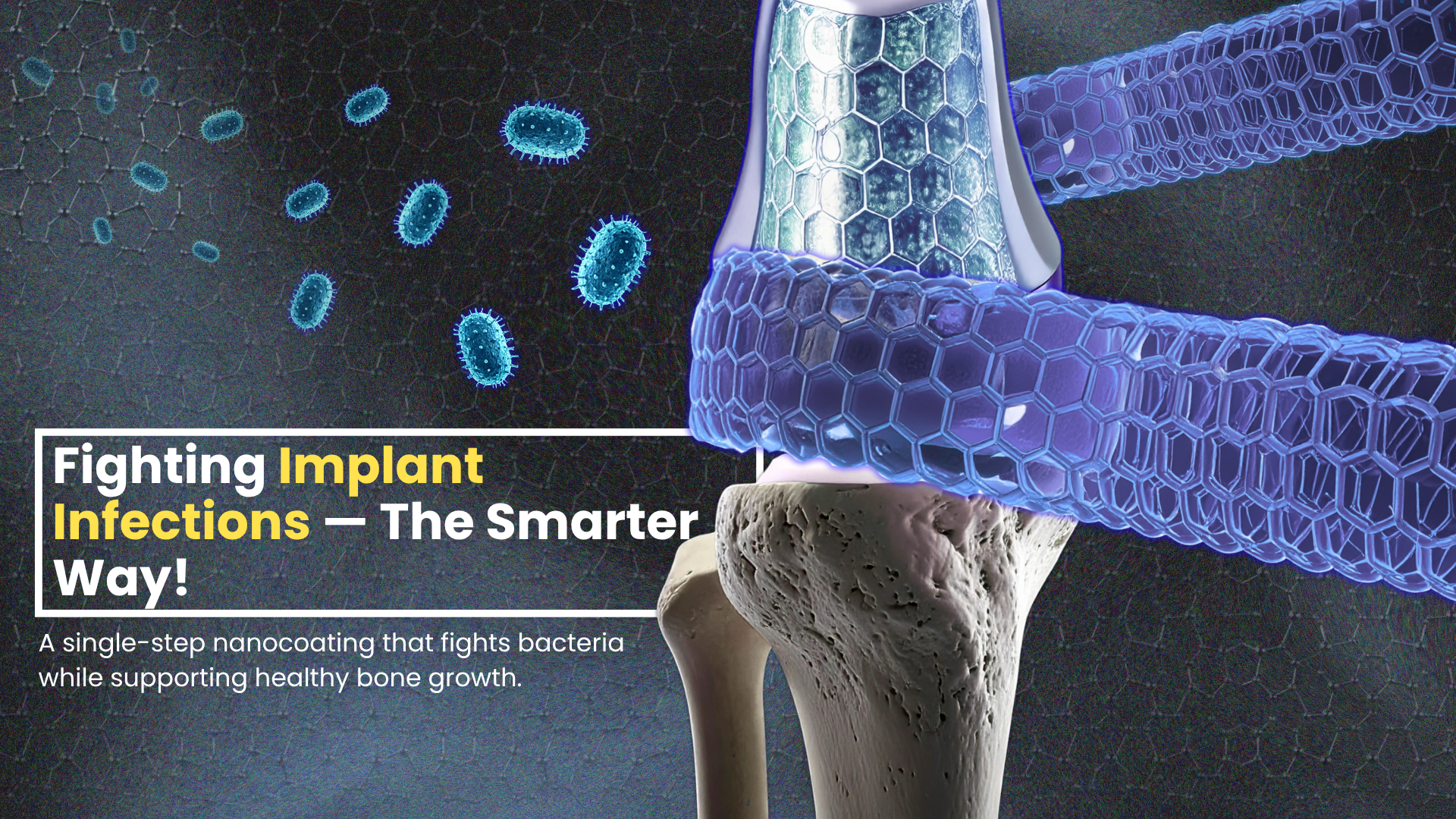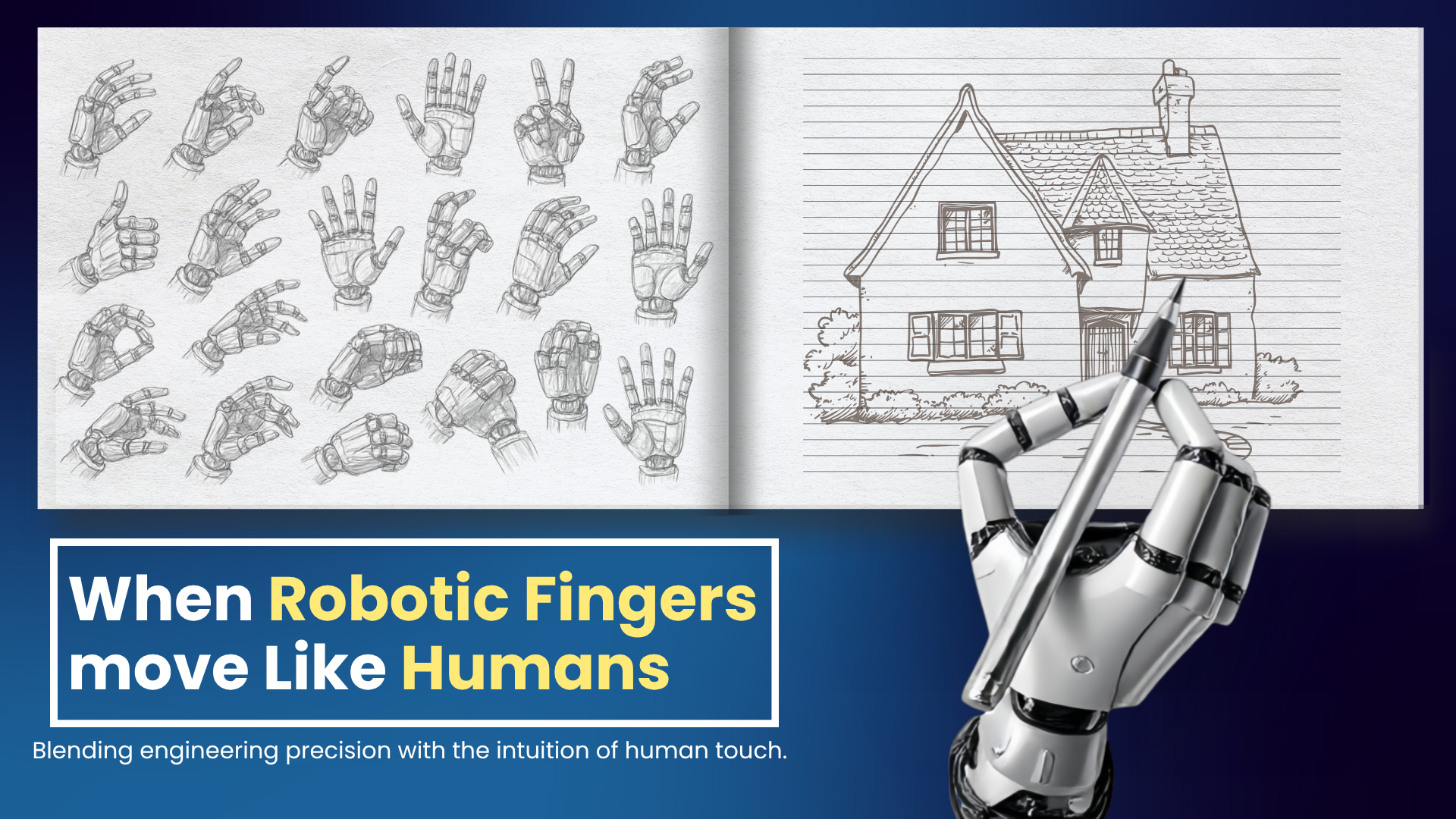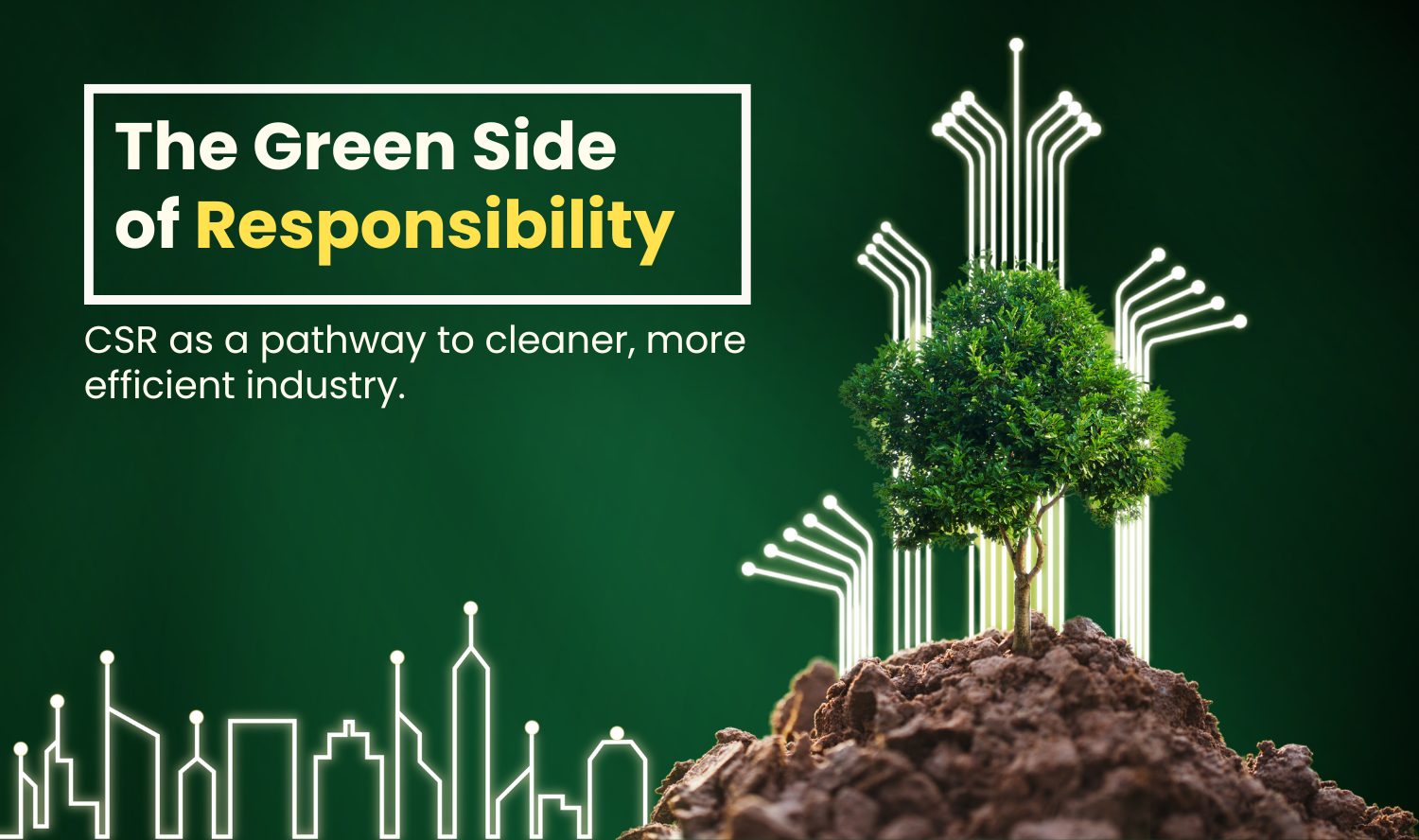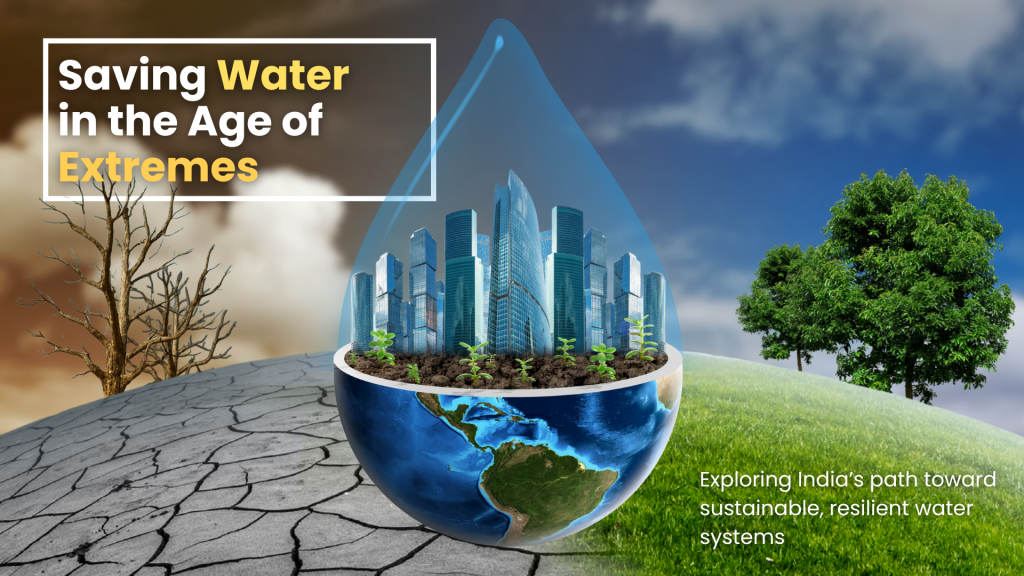
Access to clean water for drinking, bathing, washing, and cleaning is the birth right of every living organism on this planet. Water is one of the most precious commodities on this planet.
But climate change has had a large and mostly adverse impact on water resources in India in the past decade, causing many water-related disasters. In 2013, we had the Kedarnath floods, which caused more than 5000 deaths. The cost of damaged infrastructure and loss to tourism was about INR 44 billion. In 2015, we had the Tamil Nadu floods, and in 2018 we had the catastrophic floods and landslides in Kerala.
One of the main concerns in water management is the role of infrastructures (dams and diversions) to generate hydropower, supply water for societal needs and provide water security. In this respect, experts have divergent opinions. Some say that damages caused by hydropower dams are small compared to other energy generation technologies, while others say that these impacts are significant and harmful. However, it must be noted that dams/reservoirs disrupt the movement of aquatic species, and may also cause emissions of greenhouse gases (GHG) thus harming the environment.
Other challenges in water resource management in India include large and rising demand for water but falling per capita availability, the twin dilemma of droughts and floods, degradation of quality of surface and groundwater (GW), reduction in spring water, and institutions being inadequately prepared to address emerging challenges.
What is needed is a resilient approach towards fixing these problems. Climate resilient development (CRD) is a process of implementing GHG mitigation and adaptation options to promote sustainable development for all in ways that support human and planetary health and well-being, equity, and justice. The authors of this paper explain that climate action and sustainable development are interdependent processes, and CRD is promoted when this interdependence is leveraged.
The targets for CRD are aligned with the global sustainable development goals (SDGs). A set of 17 SDGs was adopted by all United Nations Member States in 2015, and it provides a shared blueprint for peace and prosperity for people and the planet. Related to CRD for the water sector, SDGs 2, 3, 6, 7, 9, 11, 12, 13, 15, and 17 are aligned.
Two main criteria have been focused upon for taking actions to promote CRD in India:
- Creation of resilient infrastructure and environment
- Management related actions
Good infrastructure is essential for harnessing raw sources, conserving, transferring, and delivering water. The rivers, Narmada, Krishna, Godavari, and Mahanadi basins can be considered to have higher climate resilience compared to Ganga and Brahmaputra basins.
Most of the hydro-projects in India were constructed between the 1950s and 2000, and are getting old. These existing infrastructures need to be strengthened. Better treatment of wastewater or sewage water needs to be ensured. Recycling and reusing wastewater for potable and non-potable purposes is a must.
The government needs to step up efforts to achieve CRD. Lessons can be learnt from the various countries of the European Union, USA, Australia, etc. Long-term plans are a must along with proper water governance at all levels.
A SWOT (Strengths-Weaknesses-Opportunities-Threats) analysis of CRD for India was done in this study. The main objective of this study is to provide a framework for sustainable water-food-energy-environment security to the nation.
Climate change is a growing problem. While the economic loss due to climate change will be high, non-economic impacts will be equally damaging. Despite some adverse impacts of developmental activities on climate, these cannot be suspended or curtailed significantly.

It is believed that if CRD pathways are adopted, the resultant systems will be more resilient to adverse impacts. Therefore, it is imperative to plan and construct infrastructure that is robust and adaptable to changing climatic conditions.
The following are the authors of this paper:
- Prof. Sharad K. Jain from the Department of Civil Engineering, Indian Institute of Technology (IIT) Roorkee, Roorkee, India; currently with Indian Institute of Technology Gandhinagar.
- Dr. Manabendra Saharia from the Department of Civil Engineering, Indian Institute of Technology (IIT) Delhi, New Delhi, India.
- Prof. S. Murty Bhallamudi from the Department of Civil Engineering, Indian Institute of Technology (IIT) Madras, Chennai, India.
- Prof. Ligy Philip from the Department of Civil Engineering, Indian Institute of Technology (IIT) Madras, Chennai, India.
Prof. Balaji Rajagopalan, from the Department of Civil, Environmental, and Architectural Engineering, University of Colorado, Boulder, Colorado, USA (Prof. Balaji Rajagopalan was also the Fulbright-Kalam Climate Fellow between 2023 and 2025), acknowledged the importance of the work done by the authors with the following comments: “The authors have done an excellent job in describing the current state of water resources in India along with tracing the arc of water resources management and the contexts in its evolution. They also place all of these in the context of changing future climate. Water resources, especially in India, spans a range of sectors with agriculture and food security being at the top, followed by municipal, industrial, ecological and energy. Further, it is managed by each State independently and this makes it even more challenging, especially, in rivers that cross multiple states. Recognizing all of this, the Climate Resilient Development plan with interrelated and integrated sectoral actions (their Figure 8) offers an excellent blueprint for planners in India.”
Article by Akshay Anantharaman
Click here for the original link to the paper

